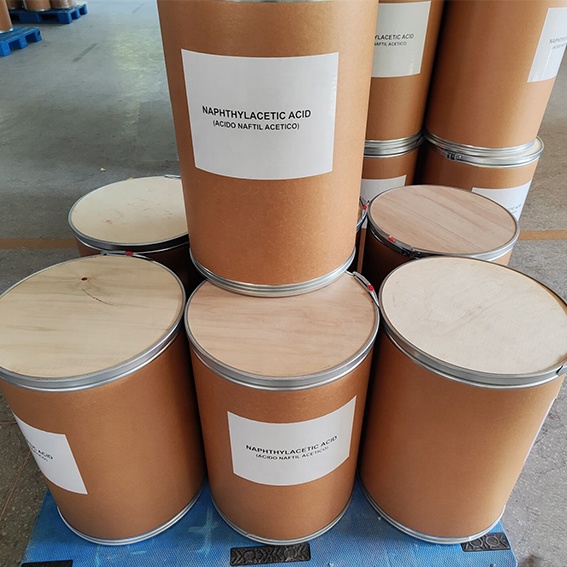1-naphthalene acetic acid is a compound with Chinese name: 1-naphthalene acetic acid, and Chinese alias: α-naphthalene acetic acid, 1-naphthalene acetic acid,2-(1-naphthalene) acetic acid (IUPAC). Internationally, it is known as 1-Naphthylacetic acid and also by other nicknames such as 1-Naphthaleneacetic Acid; NAA.
Its molecular structure is very unique, with a linear formula: C10H7CH2CO2H, which reveals the way in which the hydrocarbon bonds and carboxylic acid groups within the molecule are connected. In terms of purity, 1-naphthalene acetic acid reaches a rather high standard, namely purity: 98%.
More detailed information comes from its chemical structure, which is C12H10O2, a number that reflects the number and proportion of carbon, hydrogen and oxygen atoms in the molecule. Its molecular weight: 186.21 g/mol, reflecting its relative molecular weight in chemical reactions.
1-naphthalene acetic acid, a seemingly complex compound whose basic data provide an in-depth understanding of it, is of great significance for scientific research and practical applications. In many fields, such as agriculture, pharmaceuticals or materials science, it has a role that cannot be ignored.
High concentrations trigger drugs, low concentrations have no effect. And timing, this is to spray at the right time, in order to achieve the right medicine. Taking Baohua as an example, it must be carried out before flower bud differentiation, and reasonable concentration and spraying can achieve the best results. And what can be achieved by using different concentrations of naphthalene acetic acid in different periods of time that share several crops today?
Post time: Sep-12-2024






